Kyoto is renowned for its exquisite kaiseki cuisine, a traditional multi-course meal that showcases the best of seasonal Japanese ingredients. Each dish in a kaiseki meal is meticulously prepared, highlighting delicate flavors, textures, and presentation.
From the freshest sashimi to artfully plated vegetables and beautifully simmered dishes, experiencing kaiseki in Kyoto is a culinary journey that captures the essence of Japanese fine dining. Many of Kyoto’s top kaiseki restaurants are steeped in history, offering meals in tranquil, traditional settings that reflect the city’s cultural heritage. For an unforgettable taste of Kyoto, indulge in a kaiseki experience that blends artistry with flavor.
But before you book your kaiseki dining experience, here’s what you need to know about the history, what you’ll find on the menu, and where to eat the best kaiseki in Kyoto, long considered the capital of Japan’s haute cuisine.
What is kaiseki cuisine?
Kaiseki ryori is infamous for its high price point, which can be attributed to the high-quality ingredients, the sophisticated presentation, and the craftsmanship of the dedicated chefs. These are major selling points in Japan, where the culinary arts are highly celebrated.
During a kaiseki dining experience, it could be said that the chef is the conductor of a symphony that you will enjoy. For this reason, the concept of omotenashi (hospitality) goes hand-in-hand with kaiseki ryori.
If you’re lucky enough to eat at a kaiseki restaurant, come hungry. Chefs will typically serve a minimum of seven courses, each building on top of one another. The seasonal dishes can also be customized for vegans, vegetarians, and those with other dietary restrictions, so long as you let them know ahead of time.
What does kaiseki mean?
The kanji characters for kaiseki have gone through several iterations throughout Japanese history, the first one being 会席料理 (kaiseki ryori), indicating food eaten at a gathering.
The second version was 懐石 (kaiseki), translating literally to “breast pocket stone.” Zen monks used to quell their hunger by carrying warm stones in the front of their robes. When they did finally eat, it was in the form of a Japanese tea ceremony.
Modern kaiseki combines the social aspect and the flair of the tea ceremony, which is probably why kaiseki restaurants will use either kanji in their name.
Also drawing from Buddhist cuisine, samurai cuisine and tea ceremony cuisine, each bite of kaiseki ryori encompasses Japan’s storied history. How cool is that?
12 best kaiseki restaurants in Kyoto
1. Seiwasou
For over six decades, Seiwasou has captivated diners worldwide with its exquisite kaiseki tasting menus. The restaurant embodies the philosophy of "Kyoto ingredients in Kyoto cuisine," sourcing its seafood and vegetables from a network of trusted local purveyors.
Dashi, a fragrant kelp and bonito broth, is the cornerstone of Kyoto cuisine, and Seiwasou treats it with the utmost respect. They use only the finest ingredients: Makurazaki honkarebushi bonito flakes from Kagoshima and kombu kelp harvested from the pristine waters of Rishiri Island. These treasures are simmered in Kyoto's renowned Fushimi groundwater, resulting in a dashi broth unlike any other. Made fresh before each service, this unique dashi boasts a delicate yet remarkably complex flavor that forms the foundation for every soup and stew at Seiwasou.
2. Ganko Kameoka Rakurakusou
Set in one of Japan’s Tangible Cultural Properties, Ganko Kameoka Rakurakusou will become your favorite restaurant before you’ve even stepped foot inside, but wait until you see the menus…
Have your pick between sukiyaki (thinly sliced beef in a warming hot pot dish) or kaiseki course menus, featuring Kansai’s finest seasonal appetizers, sashimi, tempura, sushi, desserts and more. Plus, how often do you get to say you dined on all of Japan’s traditional foods in the grand setting of a historical Japanese mansion?
Once you’re done with your meal, take in the kaiyu-style gardens — designed for circular walks around a central pond — which are lovely across all seasons.
3. Uosaburo
Founded in 1764 by Sanuki-born Saburobei, a chef for feudal lords, Uosaburo once served Seto Inland Sea fish and heirloom vegetables. In fact, the Battle of Toba-Fushimi in 1868 unfolded at its doorstep, marking Japan’s transition from shogunate to imperial rule.
These days, however, the restaurant is much more peaceful. Led by Araki Yuichiro, son of the ninth-generation owner, Uosaburo preserves tradition while embracing innovation.
Seasonal Kyoto vegetables, well-sourced water and the finest sea bream shape the kaiseki experience. Guests dine amid historic architecture — tatami, coffered ceilings and earthen walls — immersed in timeless elegance.
Despite its traditional setting, Uosaburo isn't afraid to innovate for modern diners, even including a vegan kaiseki course menu amongst its many refined options. Kosher and halal-friendly options are also available upon request.
4. Kyoyakiniku Hiro Yasakatei
Kyoyakiniku Hiro Yasakatei is perhaps one of the most unique restaurants on this list, combining the elegance of kaiseki with the tender, melt-in-your-mouth qualities of Japan's premium wagyu beef.
Purchased fresh from Kyoto Meat Wholesale Market, diners can explore the diversity of Japan’s finest cuts of beef in a wide range of dishes. Try wagyu yukhoe (beef tartare) with creamy egg yolk, taste the crosshatch-scored thick tongue — grilled before your very eyes — and dip each in the restaurant's secret sauces, ranging from full-bodied soy sauce to their “red mud” sauce.
5. Minokichi Karusama Shijo
Part of the Minokichi brand, present in Kyoto for over 300 years, embrace the history and flavors of kaiseki cuisine at Minokichi Karusama Shijo.
Enjoy everything from the humble river fish and grilled Kobe beef to soft-shell turtle hot pot — you’ll truly feel like you have tasted everything Japan has to offer at the end of this meal. With many private rooms, this place is also perfect for those who want a quiet, intimate night of indulging.
6. Minokichi Shijo Kawaramachi
If you find yourself over the Kyoto's Kawaramachi area instead, visit their other branch: Minokichi Shijo Kawaramachi. Equally as warm and welcoming with its dark woods and coral tones, you'll have another excuse to experience some of Kyoto's kaiseki specialties.
7. Gion Fukushi
Gion Fukushi is a Michelin-starred restaurant in Kyoto's Gion district, specializing in Kyoto-style kaiseki cuisine that highlights seasonal ingredients. The restaurant offers an intimate atmosphere with an eight-seat counter made from 200-year-old hinoki cypress.
Chef Fukushi Takuyoshi combines traditional techniques with personal touches, featuring organic, locally-sourced ingredients. The kaiseki course costs approximately ¥28,500 and includes a welcome drink.
8. Funaokayama Shimizu
Funaokayama Shimizu is a Michelin-starred kaiseki restaurant in Kyoto, known for its meticulous focus on rice quality, cooked using local Kyoto groundwater. Chef Shimizu Yuuki, inspired by his training in Kyoto and Osaka, emphasizes seasonal ingredients, offering thoughtfully prepared courses.
The restaurant provides a serene dining space for enjoying dishes that blend delicate flavors with seasonal produce. Dinner courses range from ¥20,400 to ¥40,750, depending on the menu selection.
9. Takao Kinsuitei
Beyond Kyoto’s bustling city center lies a hidden gem —Takao Kinsuitei, a historic ryokan nestled in the lush, forested hills northwest of the Arashiyama Bamboo Grove and Kinkaku-ji Temple. Located near UNESCO-listed Kosanji Temple, its highlight is kawadoko dining — tatami seating set beside the scenic Kiyotaki River.
Each season brings a unique charm: fiery red maples in autumn, fireflies dancing in summer, snowfall in winter and a cool escape from Kyoto’s summer heat.
The kyo-kaiseki experience here is equally remarkable. Guests savor seasonal hot pots, from autumn-exclusive hamo pike conger to the rare botan-nabe, a wild boar delicacy.
Adding to its appeal, Takao Kinsuitei offers shuttle services from central Kyoto hotels, ensuring a seamless journey to this tranquil riverside retreat.
10. Tozentei
The Michelin-starred Kyoto restaurant Tozentei was born from a dream of turning fiction into reality. Its name comes from Kakokufumi, a short story collection by Professor Aoki Masaru, which explores Chinese cuisine’s history and culture.
Inspired by its vivid tales of fine food and sake, Chef Watanabe Toshiro opened Tozentei, hoping to recreate that experience.
Near Kinkaku-ji and Arashiyama, the family-run restaurant operates with just three people: the younger Watanabe in the kitchen, his father overseeing and his mother handling service.
Their signature dish, steamed horsehead tilefish in pickled plum and kelp broth, is complemented by warm hospitality, but you'll find many more decadent dishes in their selection of kaiseki course menus, such as premium wagyu beef.
11. Gion Kurashita
Located in the geisha district of Kyoto, visitors of the Gion Kurashita kaiseki restaurant will feel like they have traveled back in time with this historical-inspired meal.
Chef Kurashita Satoru has a long history of working in the finest ryokan (traditional Japanese inn) across Japan before bringing his talents to Kyoto. Be it king crab, wagyu beef, pufferfish or even tofu, everything is served with a precise perfection at Gion Kurashita.
12. Kikunoi Roan
For those who like to eat with their eyes first, Kikunoi Roan serves dishes that look as delicious as they taste. Right next door to Kawaramachi Station, this restaurant has two Michelin stars to its name.
The flavors are much different from that of traditional kaiseki cuisine thanks to chef Yoshiharu Murata’s out-of-the-box approach. Enjoy unique dishes like egg yolk marinated in white miso, corn sorbet, and crab broth-soaked rice with delicate chunks of crab thrown in. This is kaiseki you’ve never experienced before.
Note: Kikunoi Roan is not currently accepting reservations.
Kaiseki cuisine is the most luxurious of luxury dining in Japan, and everyone should experience it at least once in their lifetime. We hope this article helped prepare you to tick this item off your bucket list. Enjoy the food and thank you for reading!
Keep building your Kyoto and kaiseki knowledge with our blogs on lunch spots in Kyoto, and traditional Japanese foods.
Editor's note: This article was first written by Annika Hotta and updated by the byFood team.
 Tokyo
Tokyo Osaka
Osaka Kyoto
Kyoto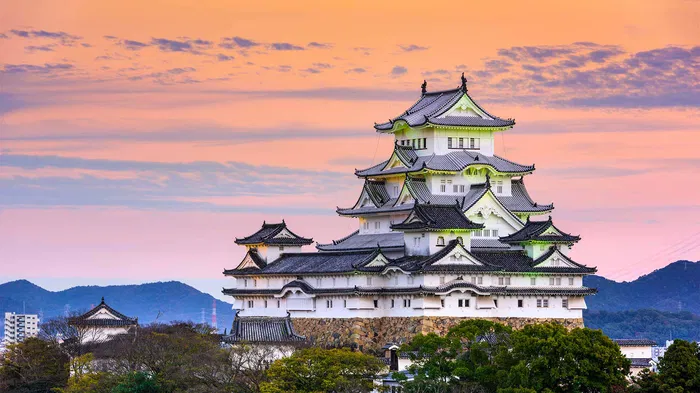 Hyogo
Hyogo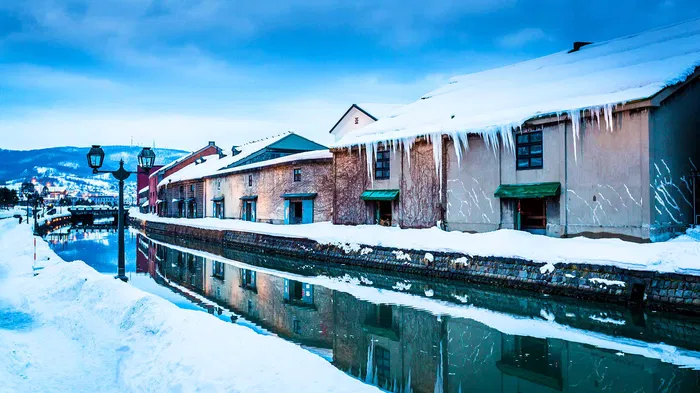 Hokkaido
Hokkaido Nara
Nara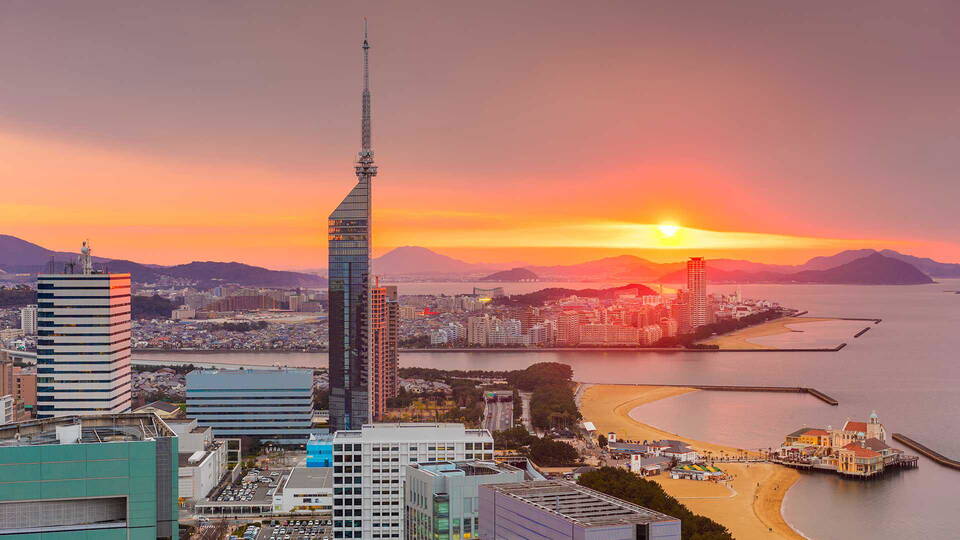 Fukuoka
Fukuoka Hiroshima
Hiroshima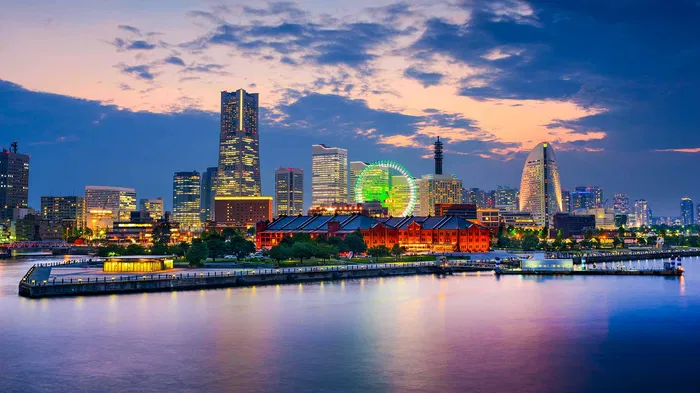 Kanagawa
Kanagawa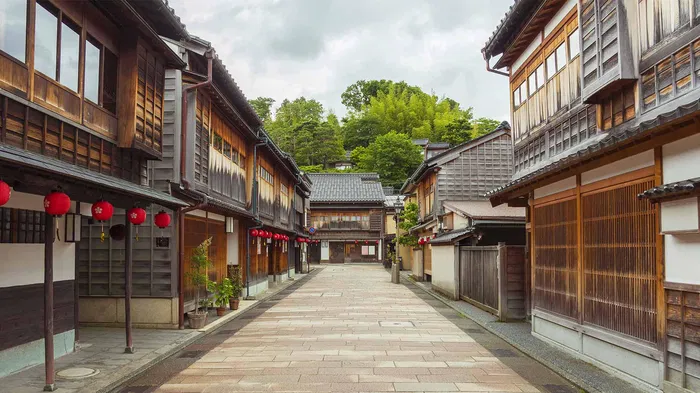 Ishikawa
Ishikawa Florence
Florence Paris
Paris Rome
Rome Porto
Porto Barcelona
Barcelona New York
New York Venice
Venice Madrid
Madrid Marrakesh
Marrakesh Istanbul
Istanbul